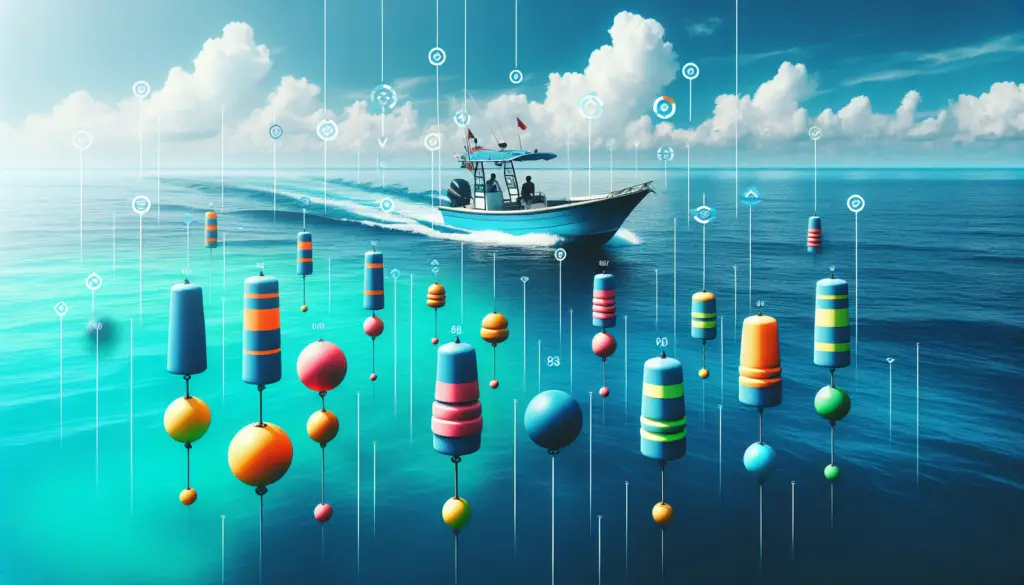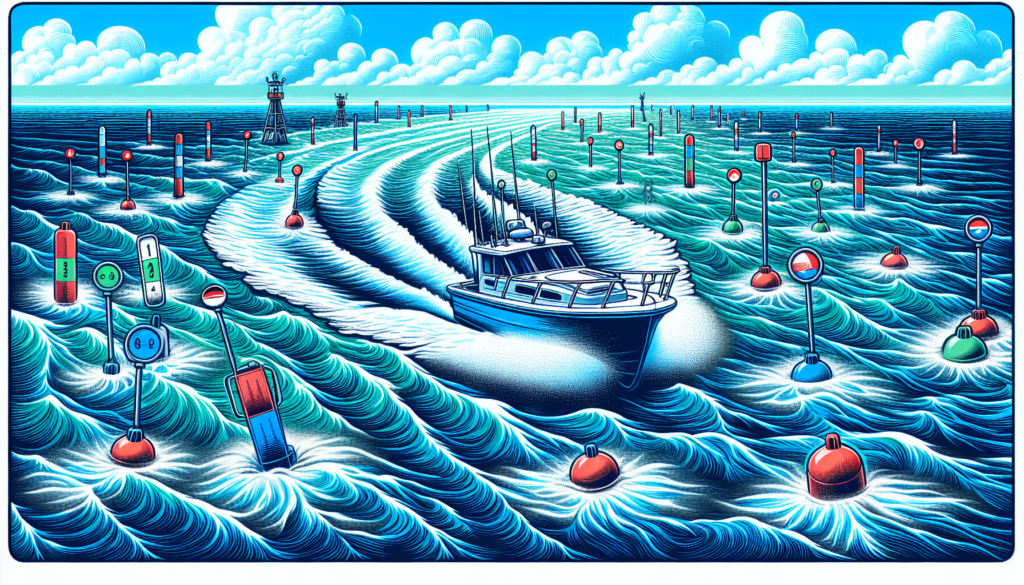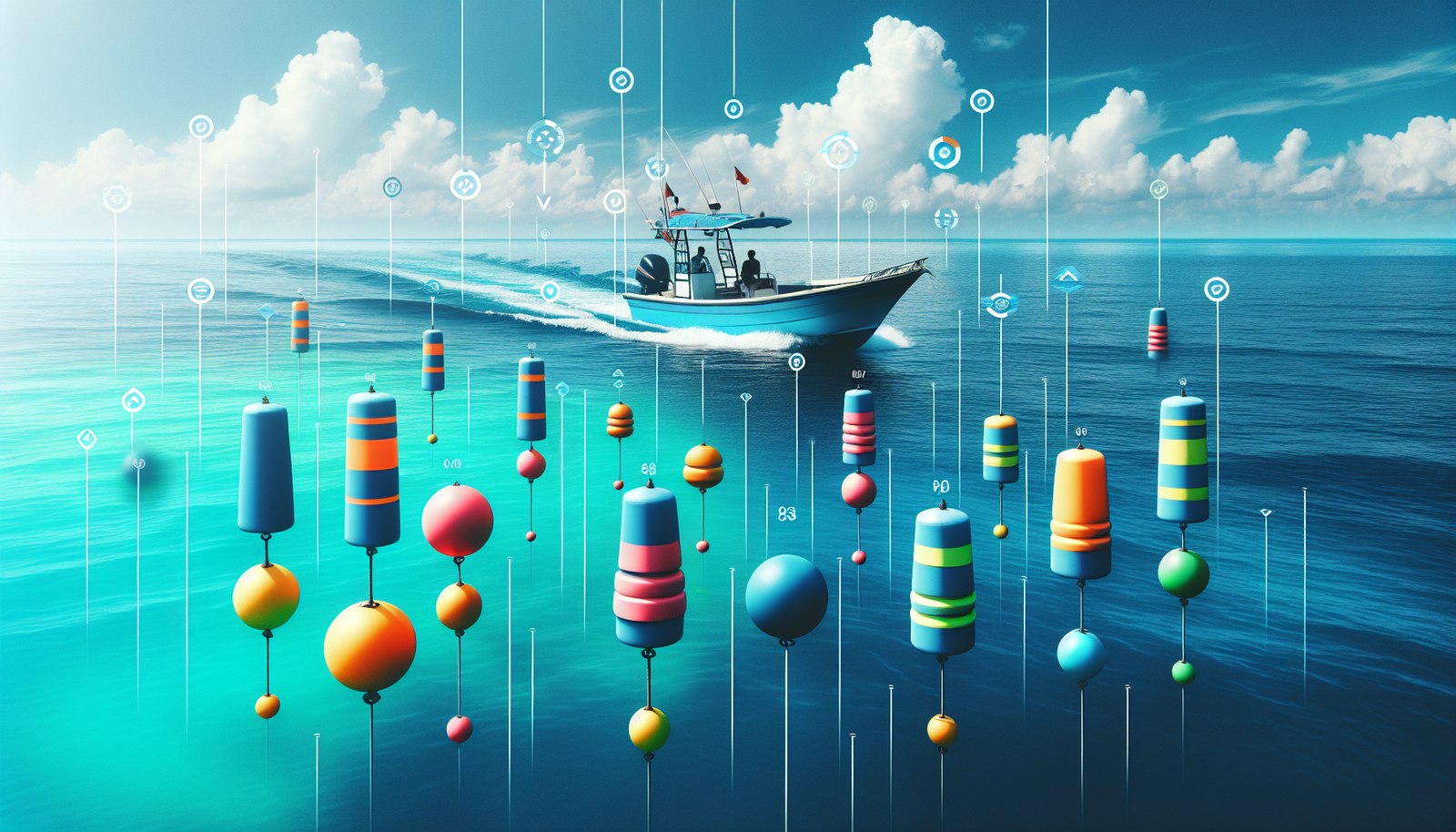Navigate into the vast expanse of “Understanding Boating Safety Zones” and you’re embarking on an enthralling voyage that navigates the vast sea of safety knowledge. Unfurl your sails as you traverse the waters of detailed explanations, comprehend useful regulations, and decode important safety zone diagrams. Mastery of this knowledge ensures that your seafaring adventures are not only enjoyable but also safe and lawful. Arm yourself with insightful knowledge and prepare to explore the depths of “Understanding Boating Safety Zones” without any need for a lifejacket.

Defining Boating Safety Zones
Embarking on a journey across the marine wave is always a captivating adventure, yet one that calls for absolute caution. This is where the role of boating safety zones comes into play.
What are Safety Zones?
Just as zebra crossings assure pedestrian safety on roads, boating safety zones emerge as the maritime equivalent, offering a safe sailing experience. They are specified areas on bodies of water put under regulations to protect marine life, maritime structures, and ensure navigational safety. As you traverse the inviting depths of the sea, these zones are your lifelines, shield, and guide.
International Maritime Boundaries
At international levels, the maritime boundaries outline the space that a country can call its own, extending up to 200 nautical miles from the coast. These exclusive economic zones are defined by UNCLOS (United Nations Convention on the Law of the Sea), serving as a vital aspect of maritime safety. In these zones, countries have sovereign rights to utilize the marine resources, both on and under the surface.
National Maritime Boundaries
Moving in closer, every nation also designates its national maritime boundaries. These include territorial waters, contiguous zones, and internal waters. While territorial seas extend up to 12 nautical miles from a country’s coast, contiguous zones extend further -upto 24 nautical miles, enabling nations to exercise control to prevent infringement of customs, fiscal, or immigration laws.
Understanding the Purpose of Boating Safety Zones
Once you step into the realm of the sea, the purpose of boating safety zones becomes evident.
Promoting Safe Boating
Safety zones amplify safety by guiding boats through channels, marking obstructions, and maintaining safe distances between vessels. Additionally, they help ensure minimal conflict between recreational and commercial traffic.
Preventing Maritime Accidents
By designating areas for specific activities, safety zones efficiently avoid potentially dangerous encounters. For instance, they isolate areas for swimmers and divers, thus preventing accidents from passing vessels.
Facacilitating Smooth Traffic on Waterways
Rivers, canals, and navigable lakes too have their own bustling traffic. Safety zones streamline this flow, creating ‘lanes’ for different purposes, akin to highways on land, promising smooth, safe, and orderly traffic.
Types of Boating Safety Zones
Mother Sea relentlessly echoes her beats, offering a wide variety of spaces for diverse marine activities.
Restricted Areas For Boats
Certain areas at sea can be off-limits to safeguard sensitive marine habitats, military zones, archeological sites or for protecting the natural environment. Here, boat access may be restricted or entirely prohibited.
Swimming and Diving Zones
Just as fish revere the sanctity of their coral homes, zones are charted out exclusively for humans to enjoy the sea. They are specifically marked to safeguard swimmers and divers from passing boats.
Commercial Traffic and Fishing Areas
These zones play a multifaceted role, ensuring that the bustling commercial and fishing vessels can maneuver freely, without hindering recreational boating or endangering the environment.

Regulations Governing Boating Safety Zones
In the labyrinth of marine life and water waves, rules and regulations serve as the guiding star.
International Maritime Laws
The International Maritime Organization (IMO) sets global standards for the safety and environmental performance of international shipping. It also governs the conduct of vessels in international waters.
National Boating Laws and Regulations
Every country, in addition to international norms, enforces its own set of laws and regulations for national waters. These may detail requirements for boat registration, safety equipment, operator licensing, and speed limits.
Regional Laws and Ordinances
Political subdivisions such as states, provinces, or cities might have additional local ordinances related to boating safety. These can pertain to local waterway restrictions, alcohol use, noise levels, or waste disposal.
Signage and Markers in Boating Safety Zones
Navigating the waters becomes much simpler with the right signage and markers.
Underwater Obstruction Markers
The sea is not just an expanse of water, but also home to numerous underwater obstructions. Appropriate markers serve to indicate these potential hazards, ensuring sailors steer clear.
Channel Markers
Ever wondered how vessels know where to go? Channel markers play the role of marine traffic lights, guiding boats through safe, navigable routes.
Diamond Shapes and Colors Used
On water, communication takes place through an elaborate system of colorful buoys, signs, and symbols. Diamond shapes, typically yellow and black, are used specifically to indicate danger or caution areas.
Navigation in Boating Safety Zones
Navigation is the art of finding one’s way on water bodies, and safety zones are an integral factor in this.
Understanding Charts and Maps
Charts are the treasure maps of the sea, replete with crucial information like water depth, underwater dangers, and channel locations. Knowledge of reading these charts is paramount to safe navigation.
Applying the ‘Rule of the Road’
Just as on land, the marine world has its own ‘rules of the road’. These ColRegs (Collision Regulations) cover aspects like passing, overtaking, and crossing to prevent collisions.
Use of Nautical Instruments
Instruments like the compass, radar, echo-sounder, and GPS system aid in safe navigation. Familiarity with these devices holds the key to safe and accurate marine navigation.
Safety Procedures in Boating Safety Zones
In sea voyages, procedures mirror safety. Each procedure has the potential to tilt the scale from danger to safety.
Safety Checks Before Setting Out
Something as simple as a thorough safety check can be the difference between a pleasant trip and peril at sea. This typically includes checking the weather, ensuring the boat is seaworthy, and verifying that all safety equipment is on board.
Procedures for Crossing Traffic Zones
Navigating through bustling traffic zones involves strict adherence to channel markers and an understanding of navigation rules.
Emergency Procedures
Despite strict safety measures, emergencies can arise. Therefore, it’s crucial to be familiar with emergency procedures, distress signals, and safe disembarking techniques.
Implications for Non-Compliance with Safety Zones Regulations
Rules and regulations shape boating safety, and by bypassing them, you risk grave repercussions.
Legal Implications
Legal repercussions may include warnings, fines, or even imprisonment in graver instances. More serious violations could lead to legal prosecution causing the loss of boating privileges.
Financial Implications
Violating safety zone regulations might lead to fines, damage repairs, or escalated insurance premiums. These are financial burdens you certainly wouldn’t want to bear.
Safety Impacts
Every time you breach safety regulations, you gamble with your safety and that of others. Violations might lead to accidents causing injuries, loss of property, or even life.
Education and Training on Boating Safety Zones
Knowledge is indeed power when it comes to navigating the colossal ocean. In this context, education and training illuminate the path.
Boating Safety Courses
Well-designed courses impart knowledge on boating safety essentials. This includes understanding safety zones, navigation rules, and emergency procedures among others.
Training and Certification
Practical training along with certification not only enhances your boating skills but also validates your expertise. This could range from entry-level competency certificates to advanced marine licenses.
Continuing Education and Updates on Laws
Just as the sea changes its hues, so do laws and regulations. Being updated about the latest rules and zone amendments is as important as the initial learning.
Enhancing Boating Safety through Technology
As we advance in technology, we also bolster maritime safety.
GPS Navigation Systems
GPS systems have revolutionized marine navigation, providing real-time positional data and enabling accurate chart plotting. This technology significantly bolsters safety in boating zones.
Automatic Identification Systems (AIS)
An AIS device effectively broadcasts your vessel’s position, speed, and course to other nearby vessels, thus preventing possible collisions.
Weather Forecasting Technologies
Weather plays a vital role in marine safety. Advanced forecasting technologies enable real-time monitoring and predictions of oceanic weather conditions, helping evade unfavorable seas.
Boating safety zones are not just about following rules, they are about embracing a responsibility – a responsibility towards the ocean, towards marine life, and most importantly, towards oneself. The sea may be a mighty force, unyielding and expansive, but with knowledge, care, and adherence to safety zones, it can also become your most generous, exhilarating adventure.

